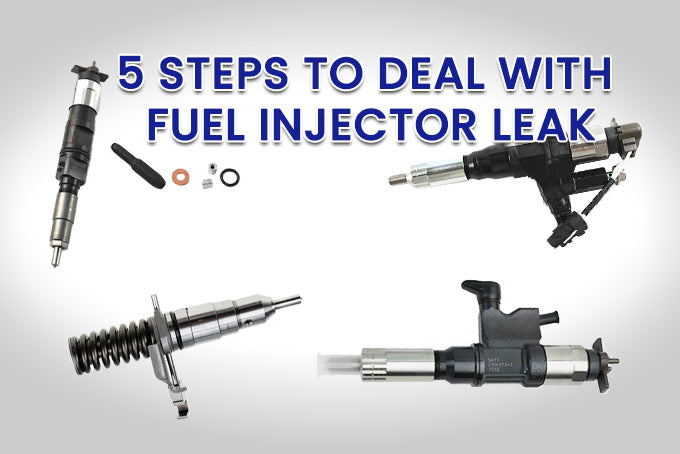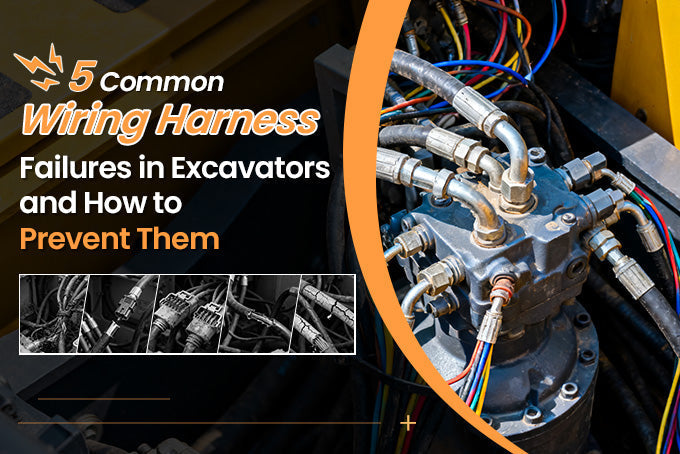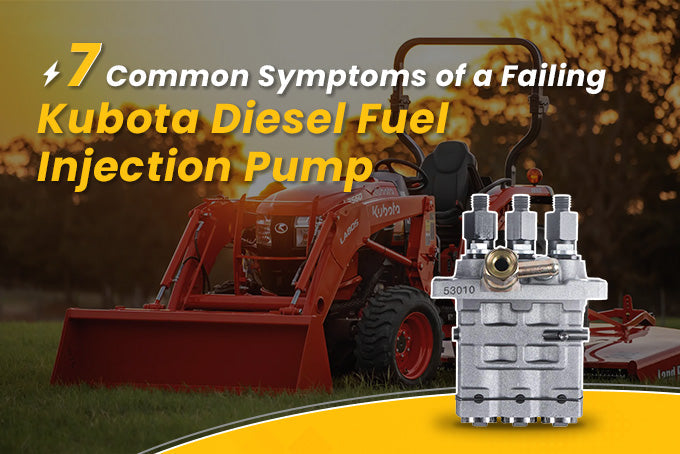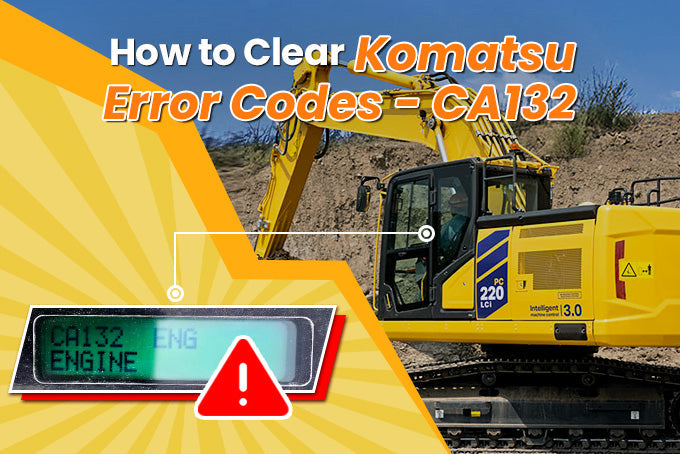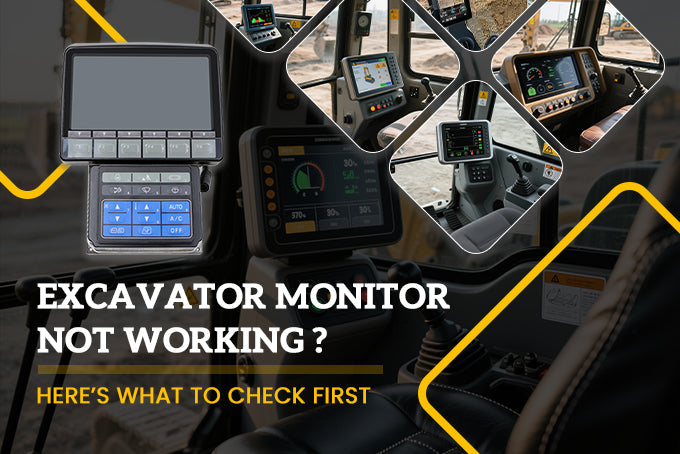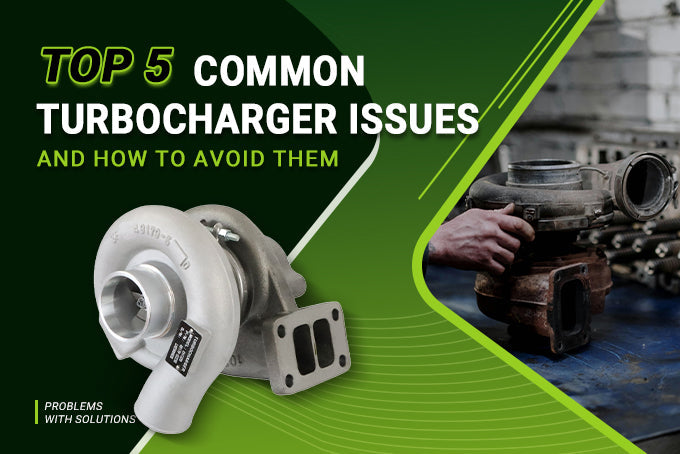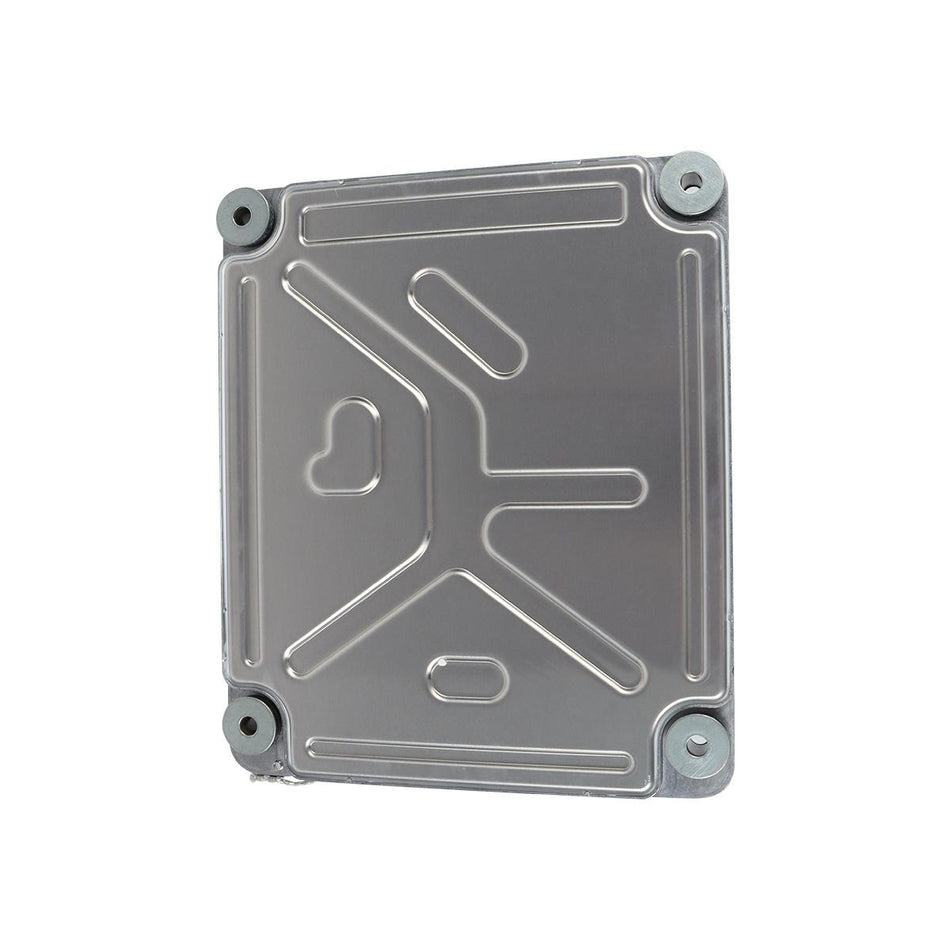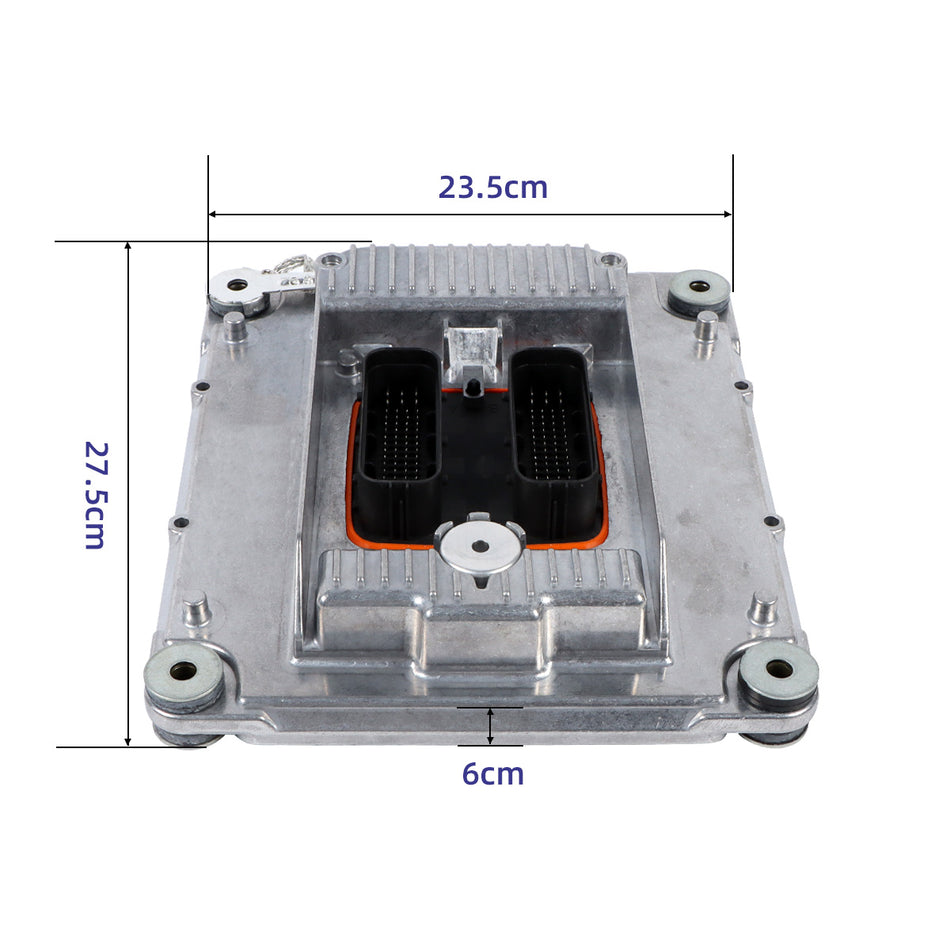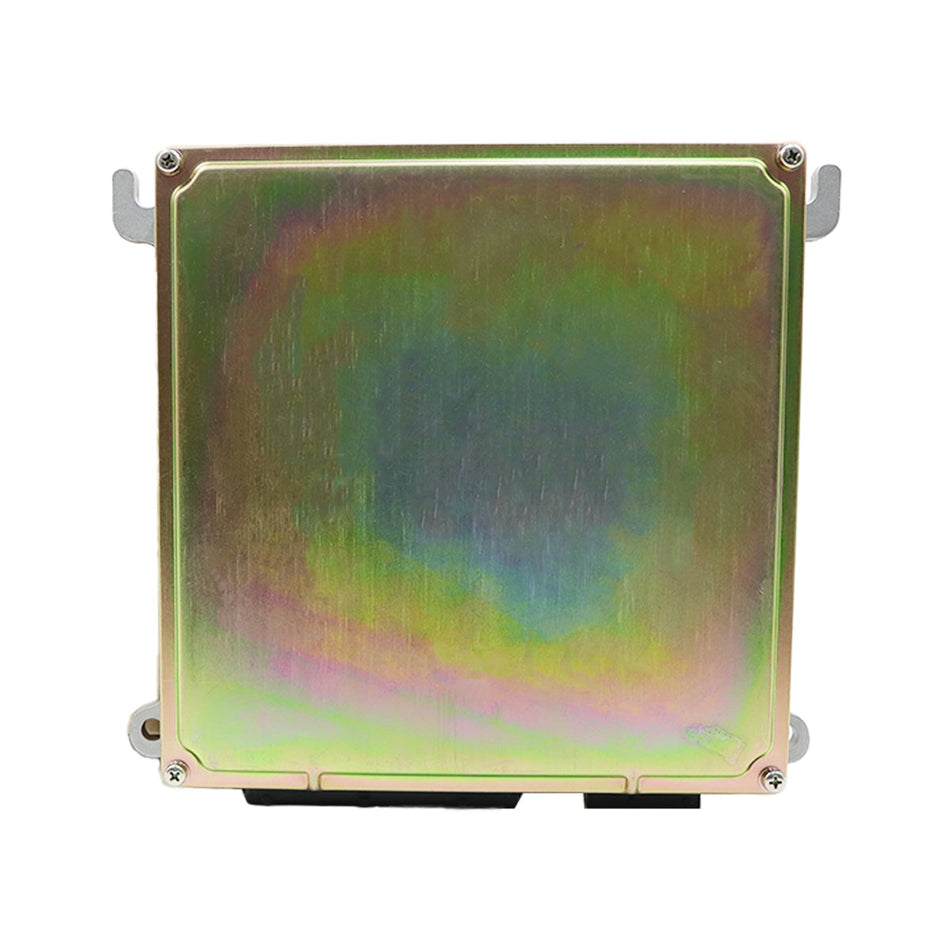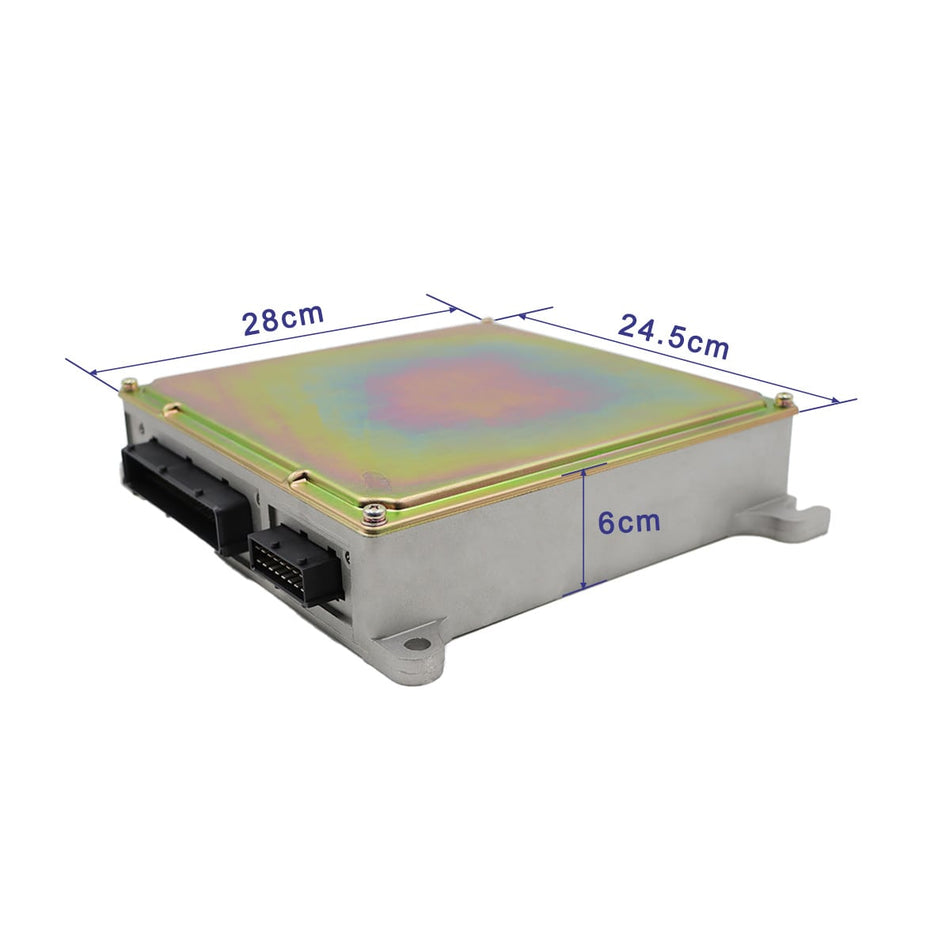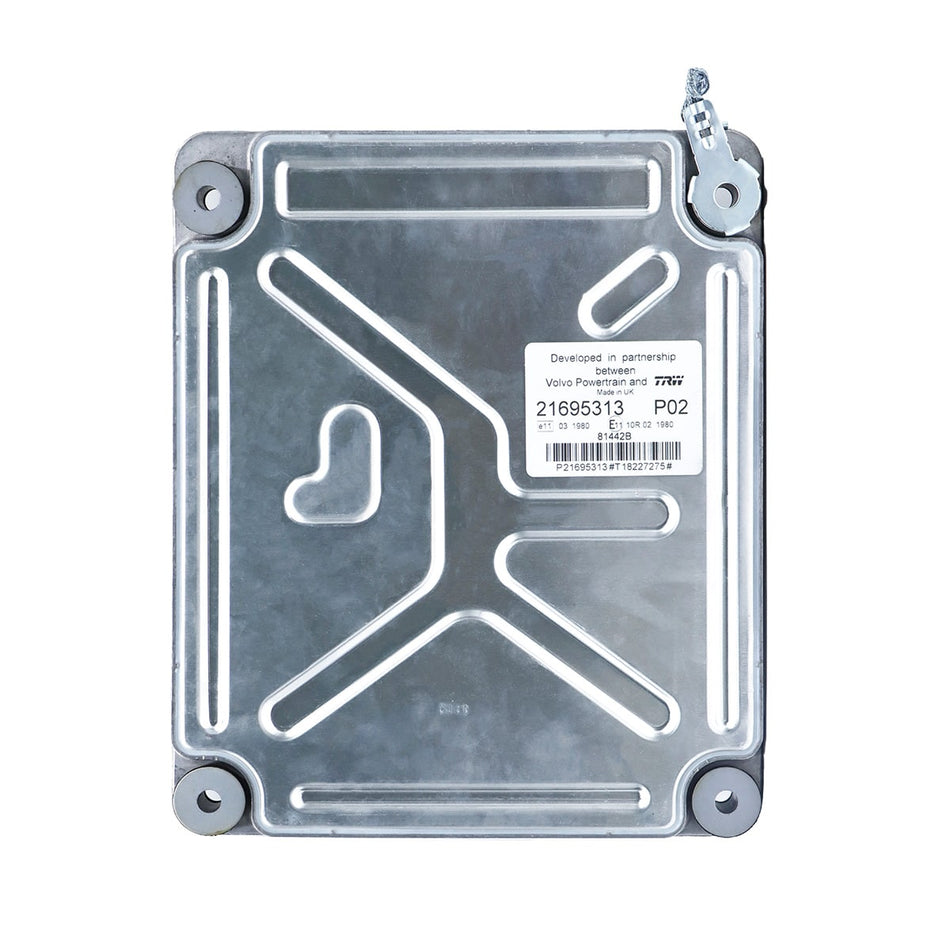Fuel injectors are often needlessly replaced once they have a leak. Unless the body of the injector is leaking, which is rare, replacing the O-ring seals is all that’s needed. It’s also an honest idea to wash the injectors when repairing leaks, and it’s also best to wash and repair all the injectors at one time. The injectors are all held in situation by a standard injector-rail. To get rid of one injector requires removing the rail.
Step 1
Raise the hood of the car and inspect the fuel injector rail while the car is running at idle. a robust odor of gasoline may be a good indicator that there’s a fuel leak. Look carefully, however, at the highest and bottom of the fuel rail. Use caution: fuel injection system systems are under high-pressure and gas spraying out of the injector seal is very combustible.
Step 2
Shut the car off immediately if a leak is present. Remove the fuel pump fuse, wrap the leaking injector with a store towel to take in the gasoline, and begin the car. Allow the car to run until it stalls. This step relieves the fuel pressure within the fuel rail and therefore the rail can safely be removed.
Step 3
Disconnect the injector wiring harness and take away the fuel rail bolts that hold the rail place. Remove any associated fuel lines or hold-down clamps which will prevent the rail from being lifted up to unseat the fuel injectors from the engine. Once it’s loose, lift the rail up and take away each of the injectors. they’re held in situ by snug-fitting O-rings and are easily pulled out. it’s not necessary to stay them so as.
Step 4
Remove the upper and lower O-ring seals on the injectors. Place the injectors during a carburetor soaking basket and drop the basket during a bucket of carburetor cleaner. Allow the injectors to soak for several hours to thoroughly clean them of carbon deposits. After soaking, rinse the injectors with clean water and immediately blow them dry with compressed gas.
Step 5
Install new O-rings. confirm the O-rings are designed to be used with gasoline and fit the vehicle being serviced. Standard O-rings will quickly deteriorate and fail. Lightly coat the injectors with petrolatum and insert them into the fuel rail.
Fit the lower part of the injectors back to the ports within the engine and bolt the rail back to place. Reattach any clamps or fuel lines. Install the fuel pump fuse and begin the engine. Inspect the injectors while the car is running and confirm there are not any leaks.


